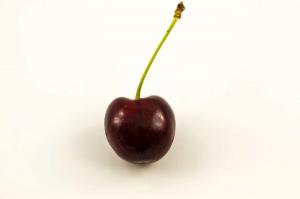Are Plastic Pots Good for Indoor Plants?
Choosing the right planter for your indoor plants can be a daunting task, especially if you’re new to gardening. With so many options available, it’s easy to get confused about which one to pick. One of the most common choices is plastic pots. But are plastic pots good for indoor plants? Let’s find out.
Advantages of Plastic Pots
Firstly, plastic pots are lightweight and easy to handle. They’re perfect for people who frequently move their plants around their house. Secondly, plastic pots are affordable compared to other materials like ceramic or terracotta. They’re also available in a wide range of sizes, shapes, and colors. You can easily find a plastic pot that complements your decor and fits your plant’s requirements. Thirdly, plastic pots are durable and can last for years, making them a good investment.
Disadvantages of Plastic Pots
One of the biggest drawbacks of plastic pots is that they’re not biodegradable. This means that when they eventually wear out or when you no longer need them, they’ll end up in a landfill, where they can take hundreds of years to decompose. Similarly, plastic pots don’t absorb moisture, and this can cause problems like waterlogging or root rot. Additionally, plastic pots don’t provide sufficient insulation, which can lead to temperature fluctuations that are harmful to your plants.
How to Make the Most of Plastic Pots
Despite their disadvantages, plastic pots can still be an excellent choice for indoor gardeners. Here are some tips to help you make the most of them:
Choose a pot size that accommodates your plant’s growth. A pot that’s too small can restrict your plant’s roots and stunt its growth, while a pot that’s too big can cause waterlogging.
When watering your plants, make sure that you let the excess water drain out of the pot. Plastic pots don’t absorb moisture, so it’s essential to prevent water from accumulating in the bottom of the pot.
Use high-quality potting soil that’s appropriate for your plant’s needs. This will help to improve drainage and prevent waterlogging.
Consider using a decorative outer pot to hide your plastic pot’s appearance. This can help to improve your decor’s aesthetics and minimize the plastic’s negative impact.
The Verdict
So, are plastic pots good for indoor plants? In conclusion, plastic pots can be a useful option for indoor gardeners. They’re lightweight, affordable, and available in a wide range of sizes, shapes, and colors. However, it’s essential to remember that they’re not biodegradable, and they don’t absorb moisture, which can cause problems like root rot. By following the tips mentioned above, you can maximize the benefits of plastic pots and minimize their drawbacks.

 how many times do yo...
how many times do yo... how many planted tre...
how many planted tre... how many pine trees ...
how many pine trees ... how many pecan trees...
how many pecan trees... how many plants comp...
how many plants comp... how many plants can ...
how many plants can ... how many plants and ...
how many plants and ... how many pepper plan...
how many pepper plan...






























